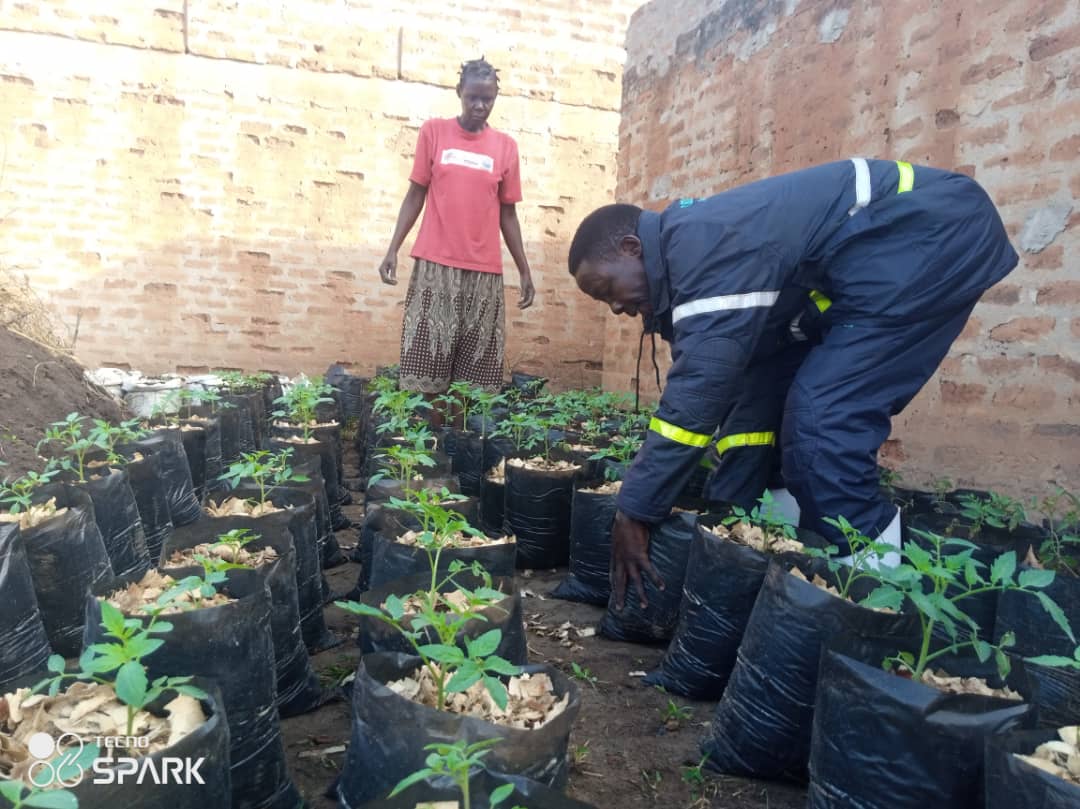Urban farming refers to the practice of cultivating, processing, and distributing food in or around urban areas. It involves growing various crops, raising livestock, or producing food in settings such as cities, towns, and metropolitan areas. Urban farming can take many forms, ranging from small backyard gardens and rooftop gardens to community gardens, hydroponic systems, vertical farming, and urban agriculture projects on vacant lots or public spaces. Here are some key aspects and benefits of urban farming:
Aspects of Urban Farming:
-
Space Utilization: Urban farming maximizes the use of limited space in urban environments for food production. It leverages rooftops, balconies, empty lots, community spaces, and even indoor areas for growing crops or raising animals.
-
Community Engagement: It fosters community involvement by bringing people together to grow food collectively, encouraging social interactions, building relationships, and strengthening community bonds.
-
Local Food Production: Urban farming promotes the production of fresh, locally grown produce, reducing the distance food travels from farm to table. This shortens the supply chain, ensuring fresher, more nutritious food for urban residents.
-
Environmental Benefits: It can contribute to environmental sustainability by reducing food miles, lowering greenhouse gas emissions associated with transportation, and utilizing sustainable growing methods like composting, water conservation, and reduced pesticide use.
-
Food Security and Access: Urban farming initiatives can improve access to fresh and healthy food in areas with limited access to grocery stores or where there are food deserts, thereby enhancing food security for residents.
-
Education and Awareness: Urban farming provides educational opportunities for residents to learn about agriculture, sustainable practices, nutrition, and the importance of local food production, promoting awareness about food systems and environmental stewardship.
-
Economic Opportunities: It can create job opportunities, particularly in community-based farming initiatives or through the sale of locally produced goods at farmers' markets, contributing to the local economy.
-
Aesthetic and Green Spaces: Urban farms and gardens enhance the aesthetic appeal of neighborhoods, contribute to green spaces in urban areas, and may even have positive effects on mental health and well-being.
Techniques and Methods:
- Rooftop Gardening: Utilizing rooftops for vegetable gardens or greenhouses.
- Vertical Farming: Growing crops in vertically stacked layers, often indoors, using hydroponic or aeroponic systems.
- Community Gardens: Shared plots of land where community members can grow produce collectively.
- Aquaponics and Hydroponics: Soil-less farming methods that use water and nutrient solutions to grow plants.
- Permaculture: Designing systems that mimic natural ecosystems to create sustainable and self-sufficient food production.
Urban farming plays a vital role in creating sustainable, resilient, and locally oriented food systems in densely populated urban areas, contributing to a more resilient and healthier urban environment.
